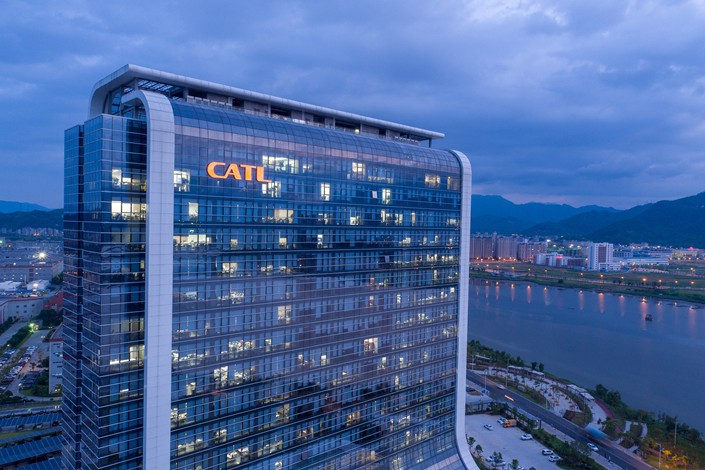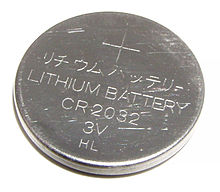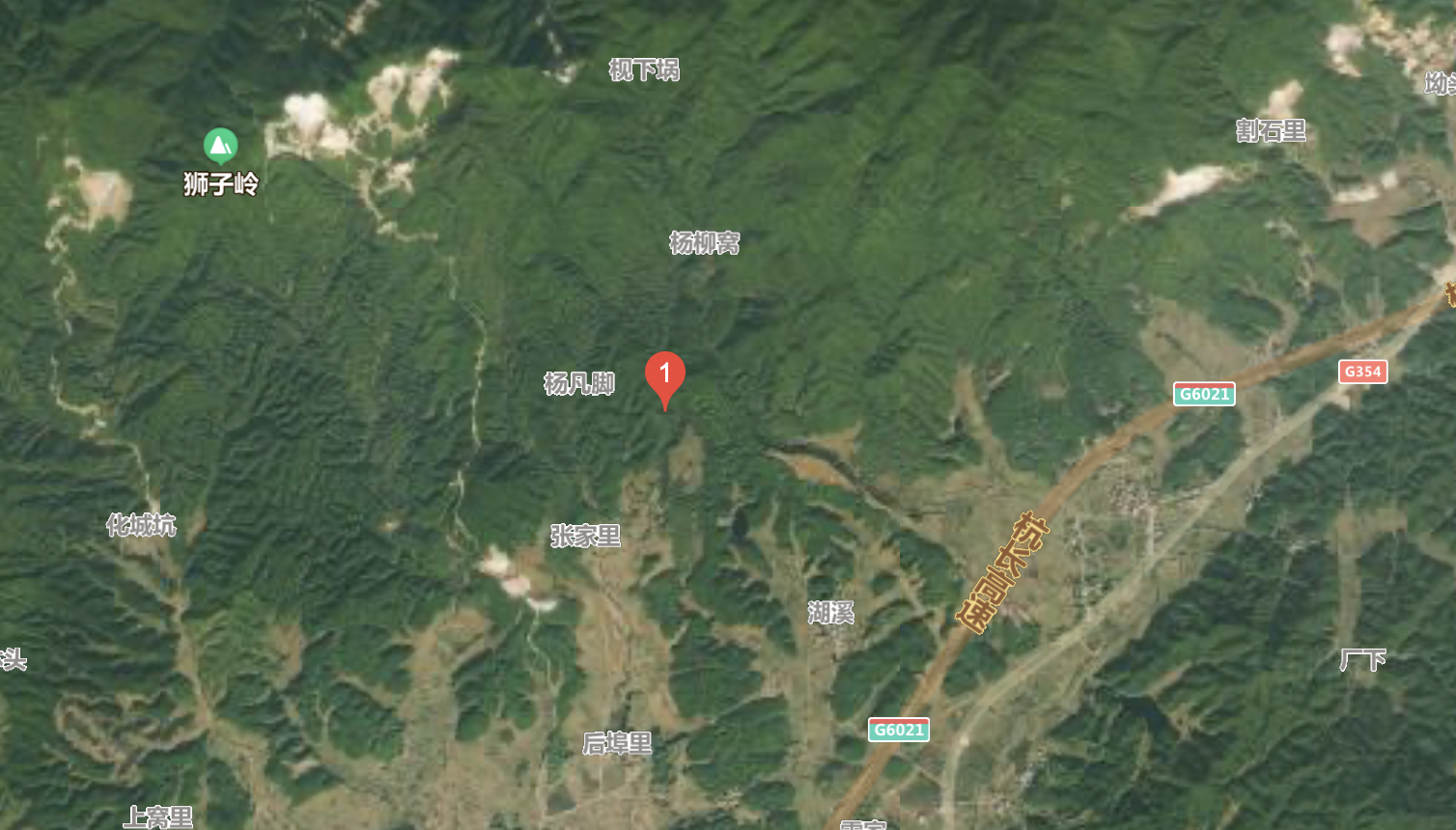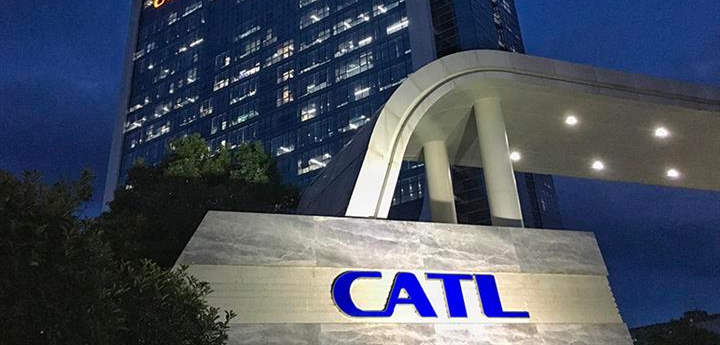On April 20th, Energizer Holdings, a subsidiary of CATL, successfully won the exploration rights for ceramic clay (containing lithium) in Zhenkouli, Yifeng County, Jiangxi Province, to Jianxia Wo mining area, Fengxin County, with a bid of RMB 865 million.

In September last year, CATL and Yichun City Government signed a cooperation agreement to jointly build a new lithium-ion battery production and manufacturing base project, while deepening the upstream and downstream of the industrial chain. With the acquisition of the exploration rights this time, CATL has established a full lithium mine industry chain layout in Jiangxi.

Lithium is a very important raw material for battery production, and in our crust, the reserves of lithium account for only 0.0065%, and are extremely unevenly distributed. About 70% of the world’s battery-grade lithium carbonate (Li2CO3) is concentrated in South America (Argentina, Chile). Although China also has lithium mines, it only accounts for 6% of the global reserves, and due to the large demand, about 80% of our lithium resources need to rely on imports.

However, this lithium mine obtained by Energizer Holdings is located about 40 kilometers away in the 21° direction from Yifeng County, Yichun City. The exploration rights cover an area of 6.44 square kilometers, with an inferred ceramic stone mineral resource of 960.251 million tons, and a companion lithium metal oxide volume of 2.65678 million tons.
Although the ceramic clay reserves of the Jianxia Wo mining area in Zhenkouli, Yifeng County, Jiangxi province are abundant, the lithium oxide content is extremely low and belongs to a typical low-grade mine. Extracting lithium from such minerals does not bring high economic benefits. We need to extract lithium mica from ceramic stone to get lithium. 90% of the ore that is mined will be sold to glass and ceramics factories as raw materials, and the price of these products is very low. Moreover, the cost of extracting lithium from lithium mica is higher than that of extracting lithium from lithium-hematite and brine.
However, now that the price of battery-grade lithium carbonate is approaching RMB 50,000/ton, such costs are not worth mentioning.
This article is a translation by ChatGPT of a Chinese report from 42HOW. If you have any questions about it, please email bd@42how.com.
